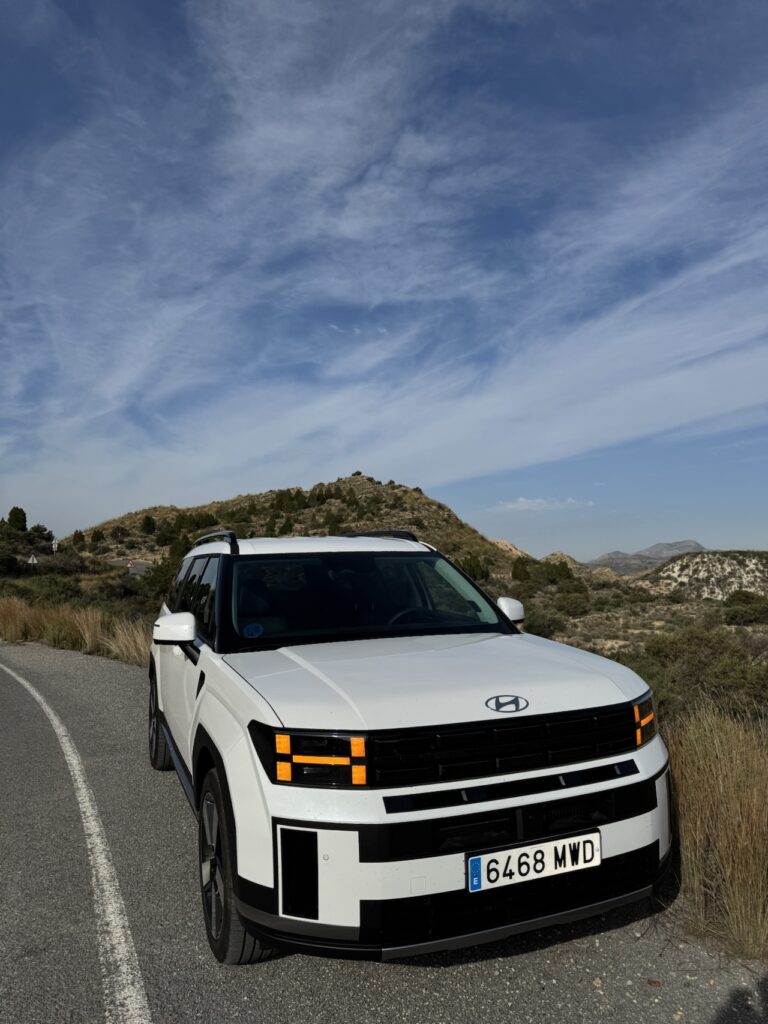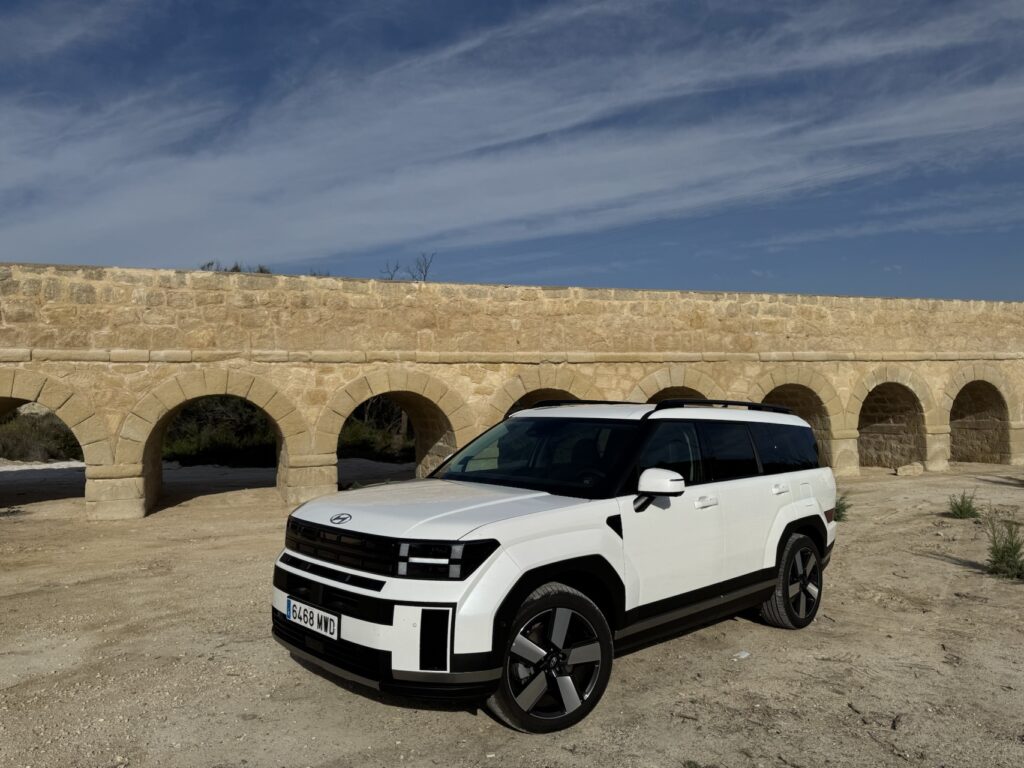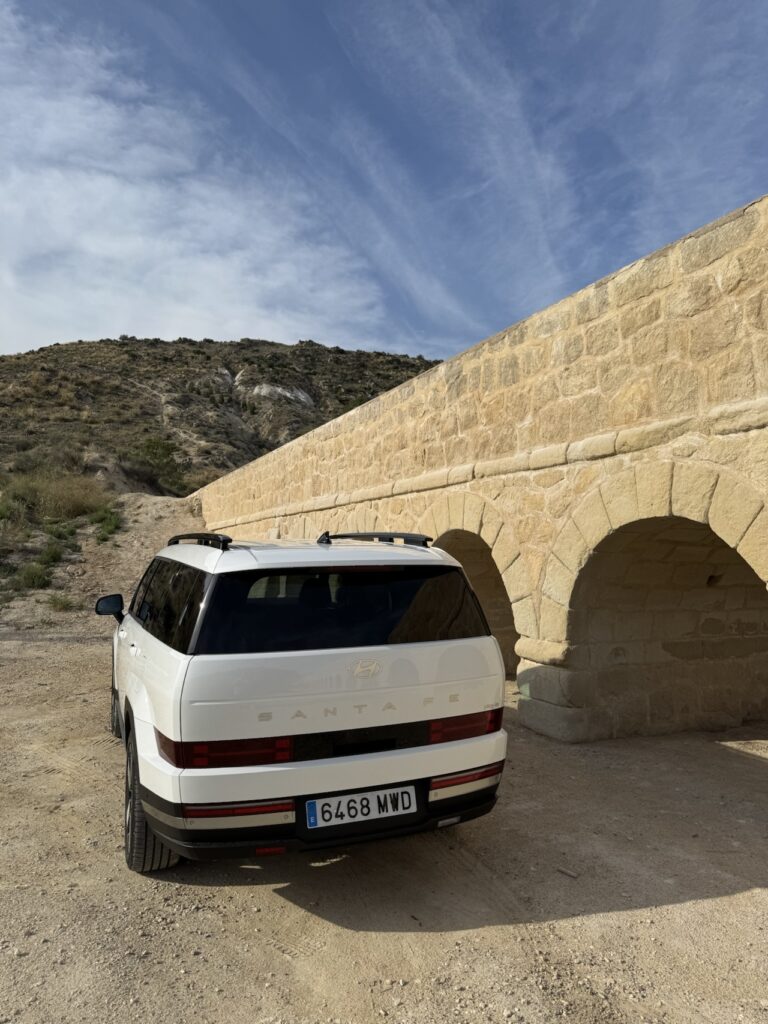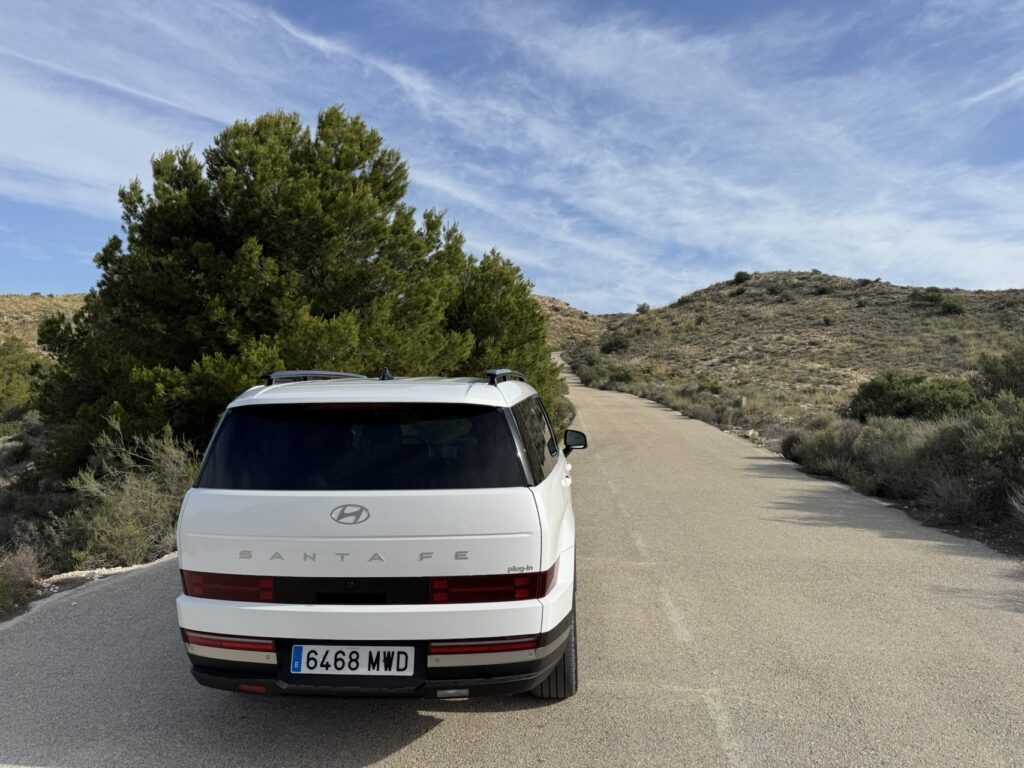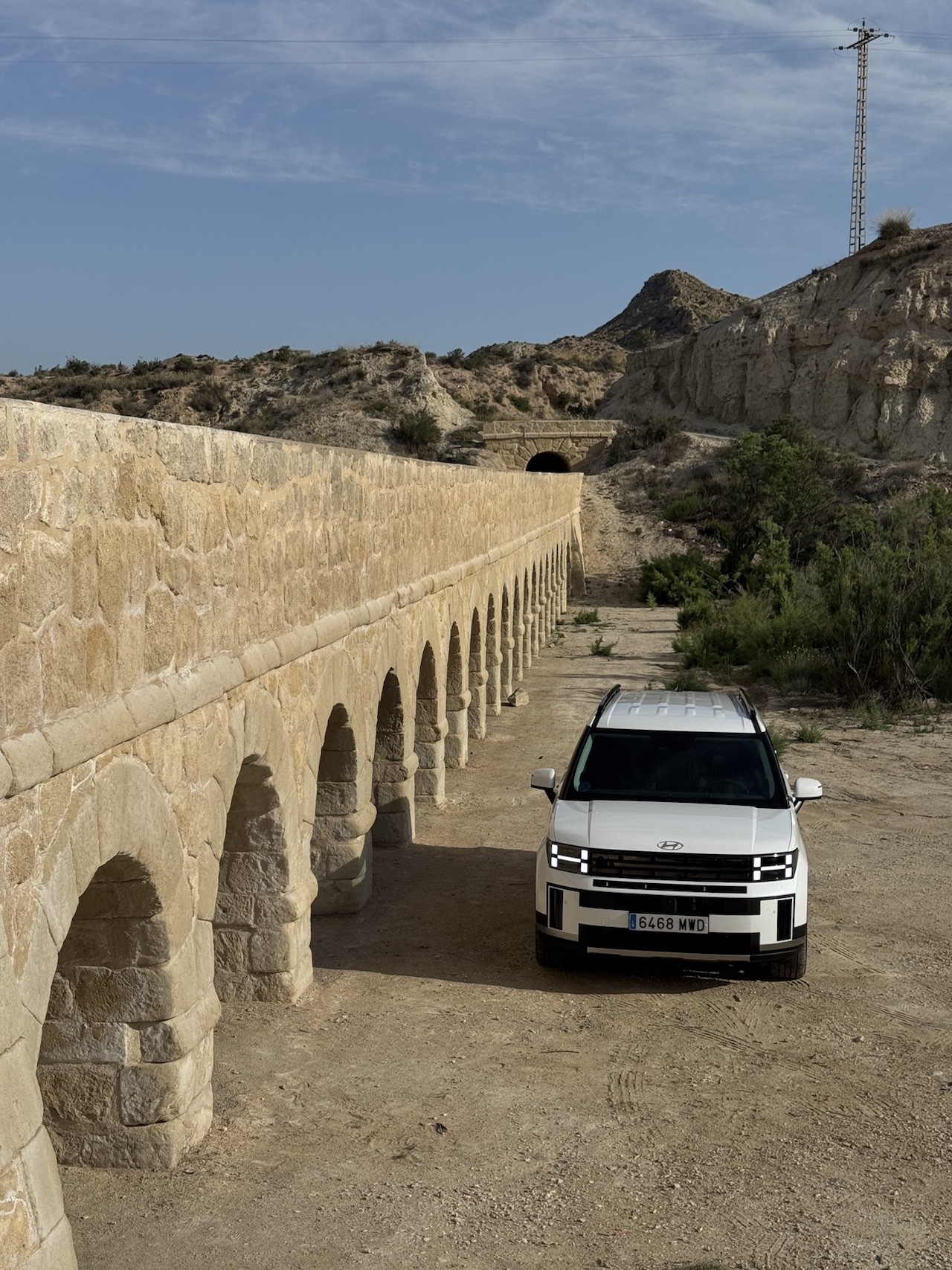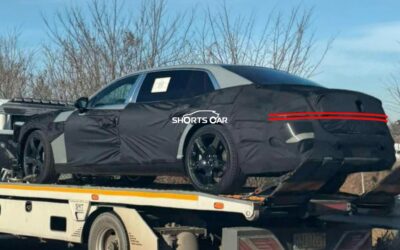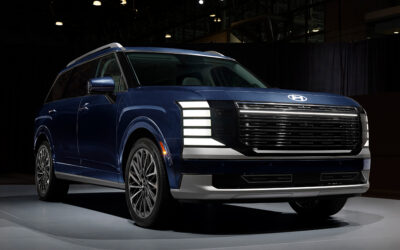The latest iteration of the Hyundai Santa Fe PHEV Style brings plug-in hybrid technology to a popular family SUV platform that’s already known for its comfort, space, and reliability. Positioned as a bridge between internal combustion and full electric mobility, this version is clearly aimed at drivers not yet ready to commit fully to a battery electric vehicle (BEV).
But is the PHEV version truly the best choice in the Santa Fe range? Or does the more straightforward HEV (hybrid electric vehicle) remain the smarter pick for buyers?
Plug-In Hybrid Performance with Real-World Efficiency
Under the hood, the Santa Fe PHEV combines a 1.6-litre T-GDi petrol engine with an electric motor and a 13.8 kWh battery, delivering a total of 265 hp and 350 Nm of torque. This powertrain allows for electric-only driving up to 58 km (WLTP), which can be useful in cities like Madrid, London, or Barcelona where low-emission zones are expanding.
One of the more impressive findings during testing was its highway fuel economy. Over a 320 km trip on Spanish motorways, cruising consistently at 120–140 km/h, the Santa Fe PHEV returned 7.4 l/100 km. For a large SUV running mostly in hybrid mode at high speeds, that’s a commendable result.
However, it’s important to note that this figure comes after the battery was depleted, and therefore reflects the hybrid system’s real-world capability—not just the short electric range.
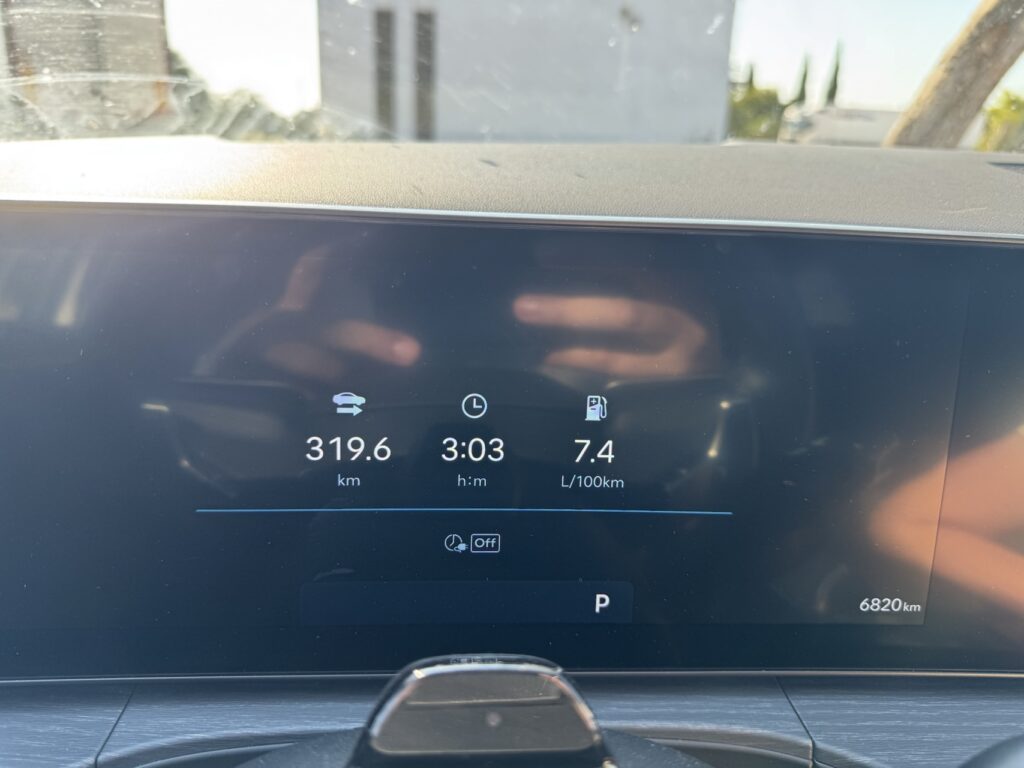
PHEV vs HEV – Which Makes More Sense?
While the plug-in system works seamlessly and delivers respectable efficiency, the added weight and cost of the PHEV raise a valid question for many Spanish buyers: is it worth it?
For this reviewer, the answer is no—not necessarily. The Santa Fe HEV, which shares the same platform and drivetrain (minus the plug-in components), delivers similar real-world consumption in most situations, especially for drivers who:
- Frequently drive on highways
- Don’t have consistent access to home charging
- Want to avoid the complexity of plug-in ownership
The HEV feels lighter, more responsive, and doesn’t require the same level of management to stay efficient. It also avoids the higher purchase price and long-term battery degradation concerns that can come with plug-in hybrids.
In this light, the PHEV is best suited to those who regularly drive short distances, can charge daily at home, and want zero-emissions flexibility in urban areas—without committing to a full BEV yet.
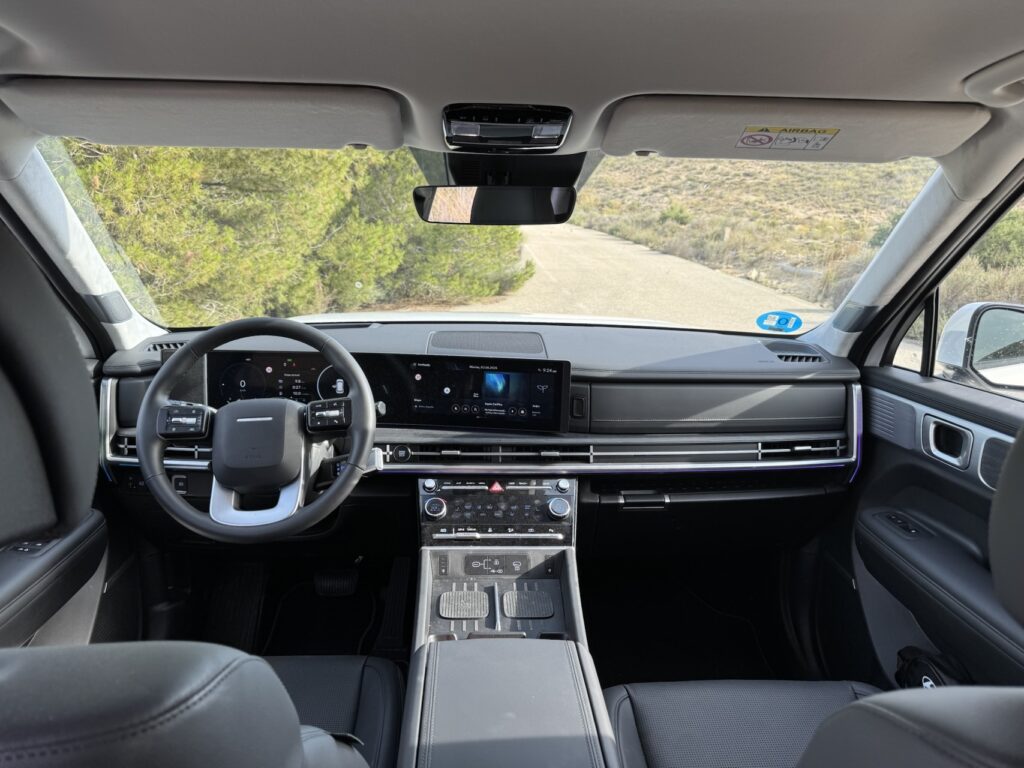
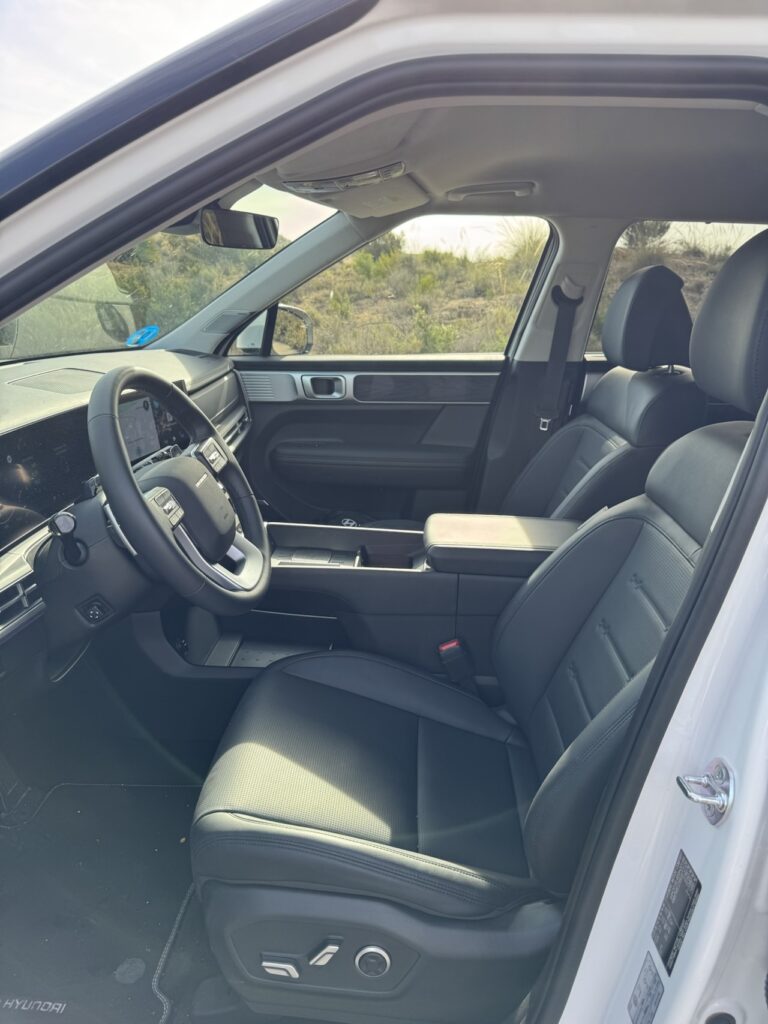
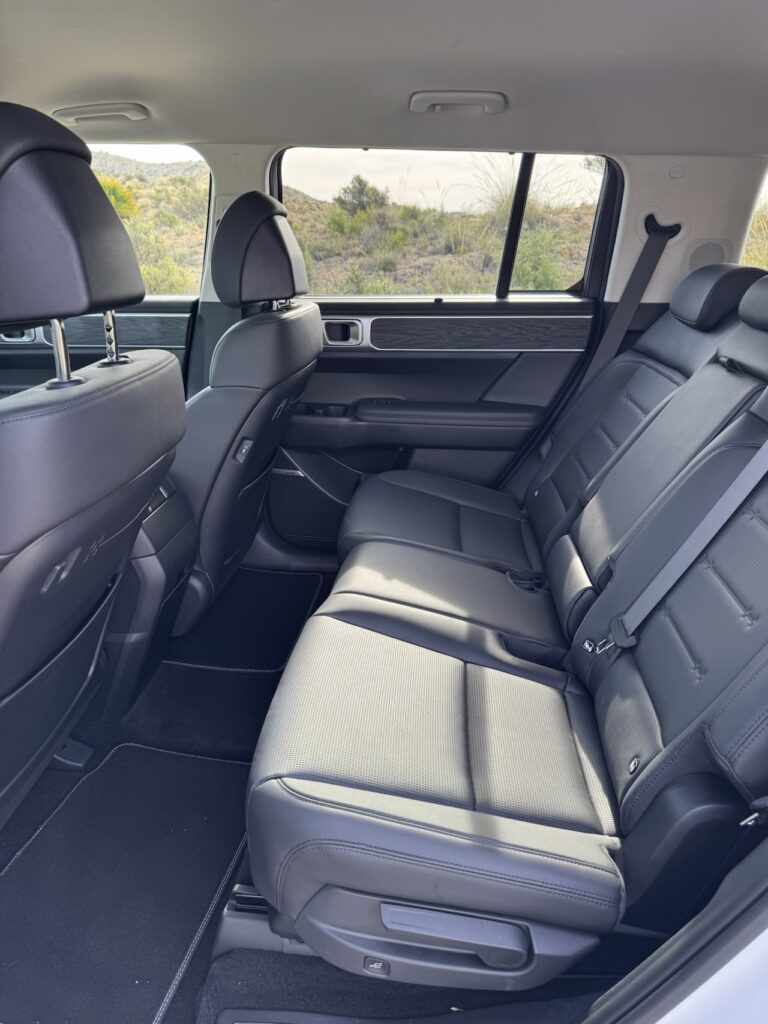
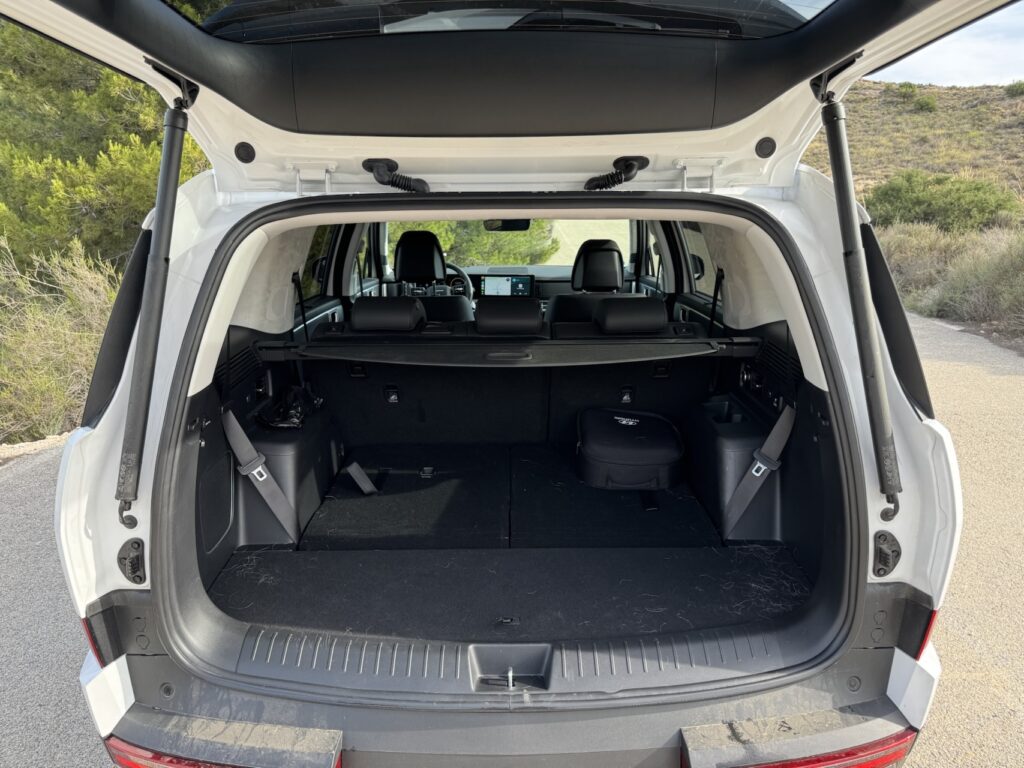
Well-Equipped for Families
The Style trim, one of the most balanced offerings in the market, includes:
- Seven seats and flexible interior space
- 10.25-inch infotainment system with Apple CarPlay and Android Auto
- Hyundai’s full SmartSense safety package
- Comfortable suspension setup ideal for European roads
It’s a practical, premium-feeling SUV that doesn’t sacrifice usability, even in its electrified versions.
Looking Ahead: Where is the IONIQ Equivalent?
As electrification becomes more central to Hyundai’s lineup, one question naturally arises: when will we see a Santa Fe-style vehicle under the IONIQ sub-brand?
The current Santa Fe PHEV feels like a strong transitional product, but it also highlights a gap in the lineup. A full-electric SUV, built from the ground up like the IONIQ 5 or IONIQ 6, but with the family-friendly proportions of the Santa Fe, would be a game-changer.
If Hyundai delivers an IONIQ 7—likely to be a large, seven-seat EV SUV—it could finally give buyers a true no-compromise alternative to both the PHEV and HEV options currently available. For drivers who are ready to fully embrace electrification, a Santa Fe-sized IONIQ model would make far more sense than any plug-in hybrid.
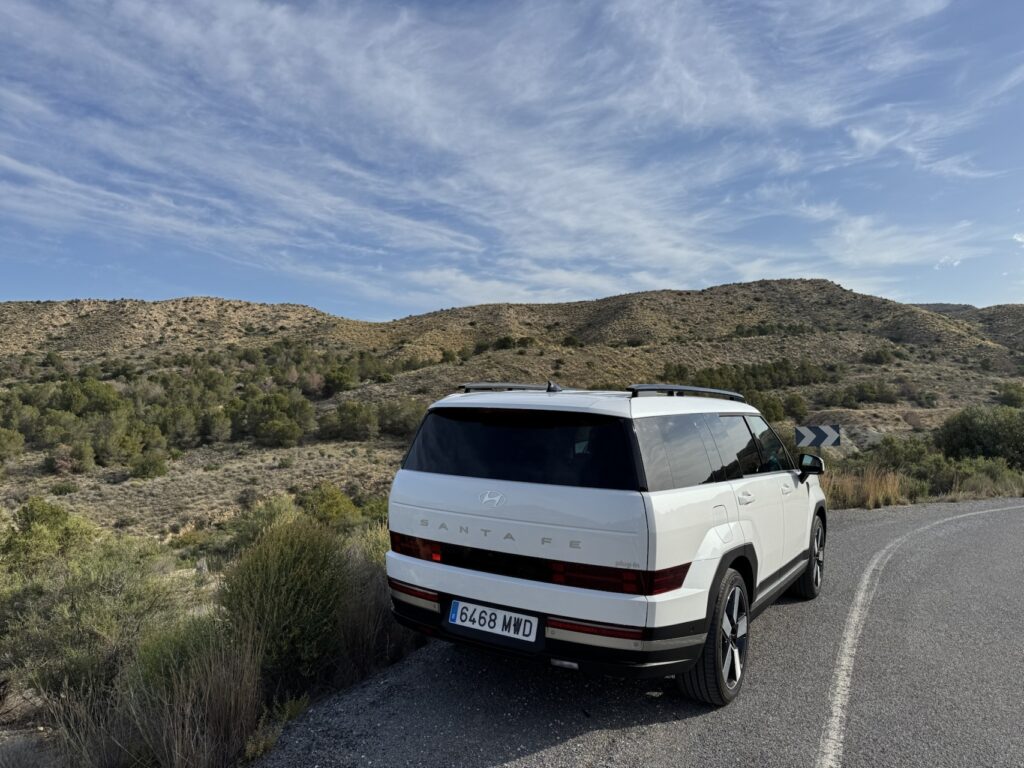
The rear design gives very robust look despite some people will hate
Conclusion
The Hyundai Santa Fe PHEV Style is a well-rounded, efficient, and thoughtfully equipped SUV, particularly for drivers in Spain who want to ease into electric mobility without range anxiety. But for those who drive long distances regularly or don’t have access to reliable charging infrastructure, the HEV variant offers most of the same benefits with fewer trade-offs.
Ultimately, the Santa Fe PHEV feels like a stepping stone. For this reviewer, it’s a product that makes sense for a certain type of driver—but the real future lies in an all-electric Santa Fe alternative. Hyundai, bring on the IONIQ 7 soon.
